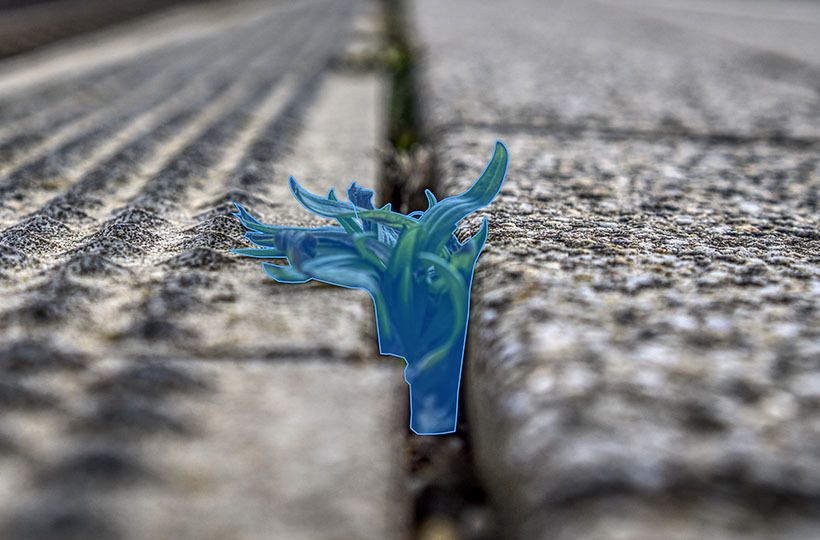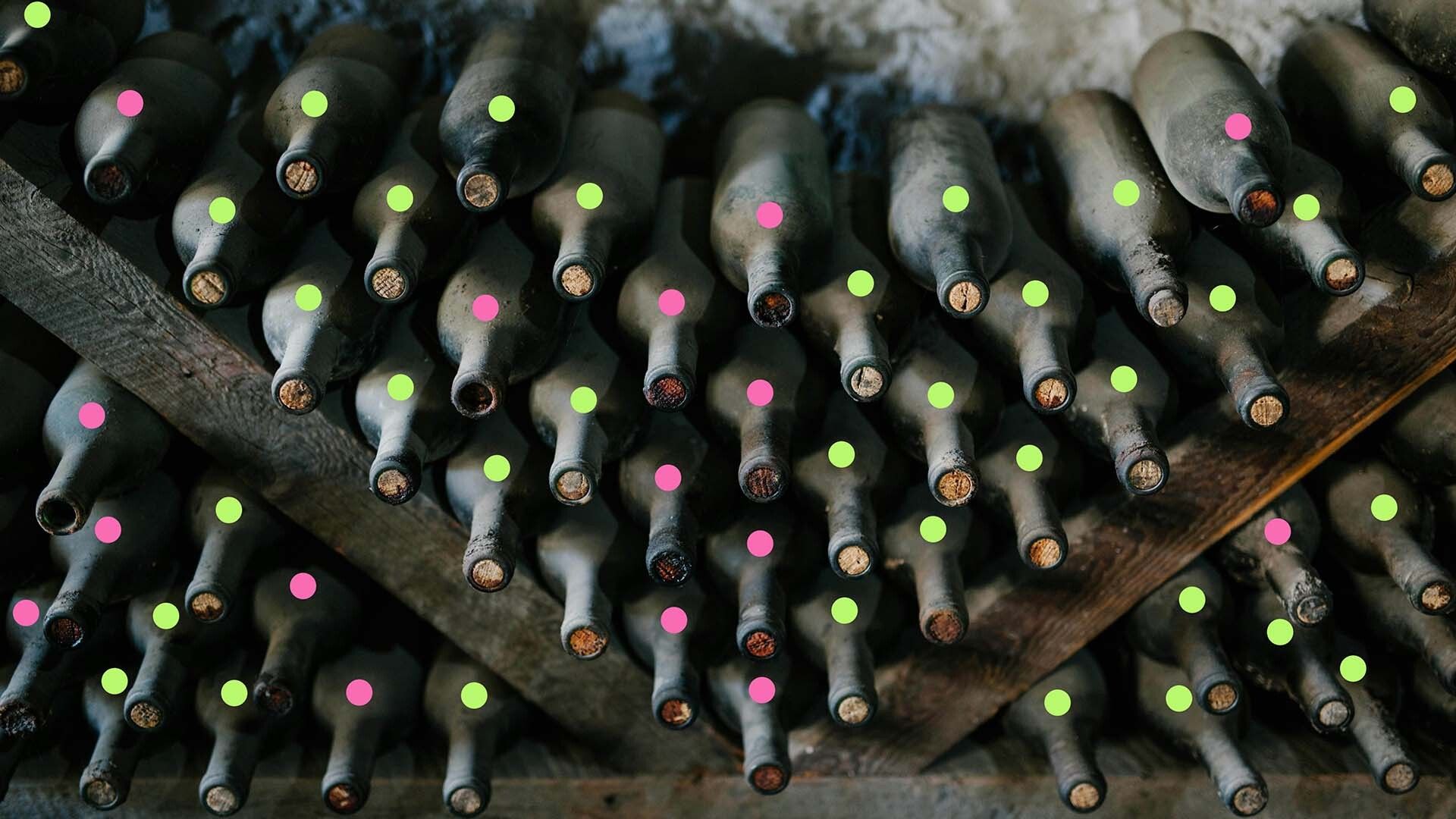Weed Warriors: Using AI for Weed Detection and Control

AI for weed control is transforming the agricultural landscape. By leveraging machine learning and computer vision, farmers can now pinpoint and target weeds with unmatched precision. This technology reduces herbicide use and minimizes environmental harm while enhancing crop yields.
The Map and Zap laser-weeding system, powered by AI, boasts over 90% accuracy in eradicating weeds. This cutting-edge approach detects weeds as small as two or three leaves, offering a sustainable alternative to traditional chemical methods. As you delve into the realm of AI-driven weed management, you'll see how it's redefining the future of farming.
Key Takeaways
- Weed detection AI achieves over 90% accuracy in identifying and eliminating weeds.
- AI-powered systems can detect weeds as small as 2-3 leaves early.
- Laser-weeding technology offers a sustainable alternative to chemical herbicides.
- AI in agriculture reduces environmental impact and improves crop yields.
- The technology is applicable across various agricultural settings and market segments.
- AI-driven weed control systems contribute to cost savings and increased productivity.

The Evolution of Weed Management in Agriculture
For most of agricultural history, weed control has been a labor-intensive battle fought with hand tools and brute force. Farmers spent countless hours in their fields pulling weeds by hand or tilling the soil to suppress unwanted growth, often disrupting the harvest. With the growing industrialization of agriculture, herbicides have become the dominant method of weed control, offering a faster and more scalable solution. But the dependence on chemicals brought new problems: herbicide-resistant weeds began to spread, and environmental concerns about soil health and chemical runoff became increasingly important. Over time, it became clear that a one-size-fits-all approach was not sustainable, prompting the industry to rethink how weeds are controlled.
Over the past few decades, there has been a shift toward more innovative, more targeted strategies that combine technology with traditional agricultural knowledge. Mechanical solutions made a comeback in more sophisticated forms, and precision farming opened the door to tools like GPS-guided sprayers and sensors that could apply herbicides only where needed.
Traditional Weed Control Methods
Traditional weed control methods have long been part of the farmer's toolbox, shaped by necessity and limited by the tools of the day. Before the advent of modern chemicals or automated equipment, weed control was a manual process requiring time, effort, and a deep understanding of seasonal cycles. Farmers relied heavily on agronomic practices and physical labor to keep fields clean, often returning to the same areas daily to check for regrowth. The most common traditional methods included soil preparation and routine maintenance techniques to suppress weeds before they could compete with crops. Among the primary methods used were:
- Hand weeding, which involves manually pulling weeds out by the root, is effective but extremely labor-intensive.
- Tillage, in which the soil is mechanically turned over to pull out weeds and bury seeds, also disturbs soil structure and contributes to erosion.
- Crop rotation helps disrupt the life cycle of particular weed species by changing the planting pattern.
- Mulching involves using organic or synthetic materials to block sunlight and prevent weeds from germinating.
- Flooding or water management is used for some crops, such as rice, to suppress weeds that cannot tolerate saturated soil.
The Need for Sustainable Solutions
With the growing industrialization of agriculture, the limitations of traditional and chemical weed control methods have become increasingly difficult to ignore. The heavy reliance on herbicides has led not only to environmental problems such as water pollution and soil degradation, but also to the emergence of herbicide-resistant weed species that are now much harder to control. This resistance has forced many farmers to use stronger or more frequent chemical treatments, increasing costs and further damaging the ecosystem. At the same time, public awareness of food safety and sustainable farming practices has increased, putting pressure on the industry to reduce its chemical footprint.
Sustainable weed control is no longer just a matter of environmental responsibility but also of the long-term viability of agriculture itself. Soil degradation, biodiversity loss, and changing climate patterns are making it challenging to use outdated approaches. Farmers need tools that can adapt to changing conditions, solve specific problems without harming the environment, and deliver reliable results. This is where modern technologies, such as AI-based weed detection, offer a more innovative and flexible way forward.
The Rise of AI in Agriculture
The growing use of AI in agriculture marks a significant shift in how farmers approach some of their oldest and most persistent problems, including weed control. With advances in sensor technology, machine learning, and robotics, it has become possible to move beyond broad, one-size-fits-all treatments to solutions that adapt to specific field conditions in real time. AI allows machines to interpret visual data the same way as humans, recognizing different types of plants, tracking growth patterns, and distinguishing between crops and weeds with extreme accuracy. This paves the way for much more precise interventions that reduce waste and environmental impact while saving time and labor in the field.
Some of the most effective applications of AI in weed control include:
- Computer vision systems can scan rows of crops and identify individual weeds among the plants.
- Rosotechnical weeding uses AI-controlled arms or tools to remove weeds without disturbing crops mechanically.
- Innovative sprayers that apply herbicides only where weeds are detected significantly reduce the use of chemicals.
- Drone monitoring provides aerial images analyzed by artificial intelligence to assess weed pressure over large areas quickly.
Understanding Weed Detection AI
This technology melds machine learning with computer vision to scrutinize crop images with unparalleled precision. Identifying and distinguishing weeds from crops in real time empowers farmers to make targeted decisions about herbicide use.
Machine Learning and Computer Vision
AI algorithms dissect high-resolution images of fields, easily distinguishing crops from weeds. These systems employ a variety of sensors, including cameras and GPS, for pinpoint accuracy in identifying weeds. Machine vision technology facilitates real-time analysis of plant attributes, empowering swift decision-making on the ground.
Benefits of AI-Powered Weed Detection
AI-driven weed detection brings forth numerous benefits for farmers:
Farmers can notably enhance crop yields and foster sustainable agricultural practices by embracing AI for weed control. The fusion of these technologies heralds a new epoch in precision farming, promising heightened efficiency and a diminished environmental footprint.
AI-Driven Robotic Solutions for Weed Control
Robotic weed control is transforming agriculture. These autonomous robots for weed removal leverage advanced sensors and tools for precise field navigation. They utilize RTK GPS, LiDAR, and proximity sensors for pinpoint accuracy.
Mechanical weeding tools, such as rotating brushes or tines, effectively manage small weeds. For larger weeds, targeted herbicide application systems are employed. This method significantly boosts efficiency and cuts down labor costs.
Laserweeding represents a cutting-edge technology in robotic weed control. It can pinpoint and eradicate weeds with millimeter precision before they are visible to the human eye. Laserweeding units can eliminate 5,000 weeds per minute, covering two acres per hour.
Farmers adopting this technology experience substantial cost savings and environmental benefits. With herbicide prices nearly doubling, these autonomous robots for weed removal present a sustainable alternative. They support organic farming and diminish overall operational costs.

Precision Targeting: The Power of AI in Weed Management
Precision agriculture has transformed weed control, providing farmers with advanced tools to fight weeds that reduce yields. AI-driven systems for targeted weed control lead this agricultural shift, offering significant crop management and yield improvements.
Reducing Herbicide Usage
One of the most immediate and measurable benefits of using artificial intelligence in weed control is a significant reduction in the use of herbicides. Traditional spraying methods often involve treating entire fields, regardless of where the weeds are growing, leading to excessive chemical use and unnecessary impact on the environment and crops. AI-based systems, on the other hand, offer a much more selective approach. They can detect and identify weeds at the plant level, allowing treatments to be targeted only to the affected areas. This shift from complete spraying to spot treatment significantly reduces the amount of herbicide applied, resulting in lower costs for farmers and less chemical runoff into neighboring ecosystems.
The implications go far beyond the economy. Less herbicide use helps protect soil microbiomes, water quality, and non-target organisms such as pollinators, all of which are critical to the long-term health of agriculture. In addition, using fewer herbicides slows the development of resistance in weed populations, a growing problem that threatens the effectiveness of existing chemicals. As artificial intelligence systems become more affordable and reliable, even small and medium-sized farms are beginning to use precision sprayers that would have been unaffordable just a few years ago.
Minimizing Environmental Impact
Precision weed management significantly lessens farming's environmental impact. By reducing herbicide use, these systems protect beneficial insects and enhance biodiversity. This is vital as we strive to feed a projected 9 billion people by 2050 while preserving our planet.
Improving Crop Yields
AI-driven weed control boosts crop yields directly. By removing weeds, crops get more nutrients and resources. Research indicates that unchecked weeds can slash yields by up to 34%, with some crops like sesame experiencing losses of 50-75%.
As AI technology advances, the future of precision agriculture is promising. It will likely bring more efficient, sustainable, and productive farming methods.
Challenges and Considerations in Implementing AI Weed Control
Adopting AI for weed control opens up new horizons, yet it encounters obstacles. The initial costs for AI implementation in agriculture are steep, posing a hurdle for smaller farms. These expenses cover equipment, software, and training.
Technical challenges also plague the adoption of agricultural technology. Environmental factors like lighting, dust, and soil moisture can impact AI system accuracy. Therefore, the technology must be versatile to adapt to varied farming conditions.
Training farm workers is essential. They need to master the operation and upkeep of these sophisticated systems, and this learning curve can initially slow down the process.
Data management is another significant challenge. AI weed detection systems require extensive datasets for training. Gathering, processing, and storing this data is both time-consuming and resource-heavy.
- Misclassification of weeds due to spectral signature variations.
- Limitations in spatial resolution for smaller plots.
- Delays in data processing and analysis.
- There is a need for significant labeled image datasets for deep learning.
Despite these hurdles, ongoing research and development enhance AI weed control's accessibility. As technology advances, we can anticipate improvements in accuracy, efficiency, and cost-effectiveness.
The Future of AI in Sustainable Agriculture
Looking ahead, AI is poised to transform sustainable farming practices. With the global population set to hit 9.8 billion by 2050, agriculture faces a critical challenge to increase crop production. AI crop management systems are stepping forward with innovative solutions that promise to revolutionize the industry.
Expanding AI Applications in Farming
The AI market in agriculture is expanding rapidly and is expected to reach USD 4.7 billion by 2028. This growth is fueling agricultural innovation across various areas. AI-powered drones apply pesticides precisely, and smart greenhouses use AI to optimize plant growth conditions. These are just the start of AI's potential in farming.
Potential for Crop Yield Improvement
AI's impact on crop yields is profound. Yield mapping and predictive analytics help farmers understand crop patterns and make informed decisions. AI algorithms in autonomous systems and IoT sensors optimize irrigation practices. This technology-driven approach to farming enables more efficient resource use and higher yields.
Environmental Benefits and Sustainability
The environmental benefits of AI in agriculture are significant. AI-driven pest detection systems enable early interventions, reducing the need for widespread pesticide use. The See & Spray™ Select technology has shown a 77% reduction in herbicide use compared to traditional methods. As AI continues to evolve, it's setting the stage for more sustainable and efficient agricultural practices, ensuring food security while minimizing environmental impact.
FAQ
What are the benefits of using AI for weed detection and control?
AI-powered weed detection and control systems bring numerous advantages. They reduce herbicide use, lessen environmental harm, boost crop yields, and detect weeds early.
How does AI-powered weed detection work?
Weed detection AI uses machine learning and computer vision to scrutinize high-resolution crop images. Advanced algorithms distinguish crops from weeds, enhancing accuracy through deep learning.
What are AI-driven robotic solutions for weed control?
AI-driven robotic solutions for weed control feature autonomous machines with advanced sensors and tools. These robots move through fields with RTK GPS, LiDAR, and proximity sensors for precise navigation.
How does precision targeting in weed management reduce herbicide usage?
AI-powered precision targeting in weed management significantly cuts herbicide use by treating only identified weeds.
What challenges are involved in implementing AI weed control systems?
Implementing AI weed control systems faces challenges such as high initial investment costs and the need for technical expertise. Environmental factors like lighting, dust, and soil moisture can affect sensor accuracy and weed identification algorithms.




